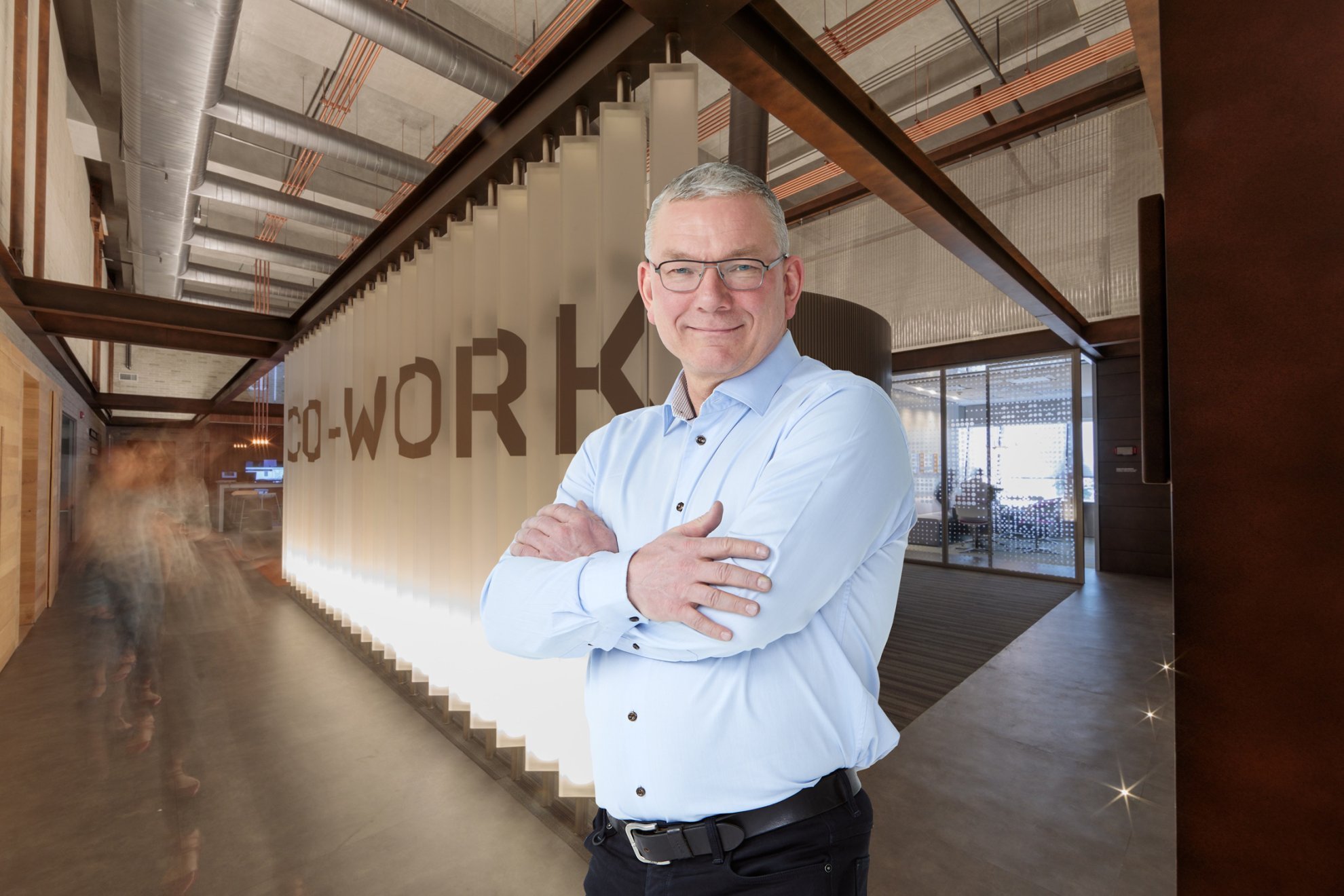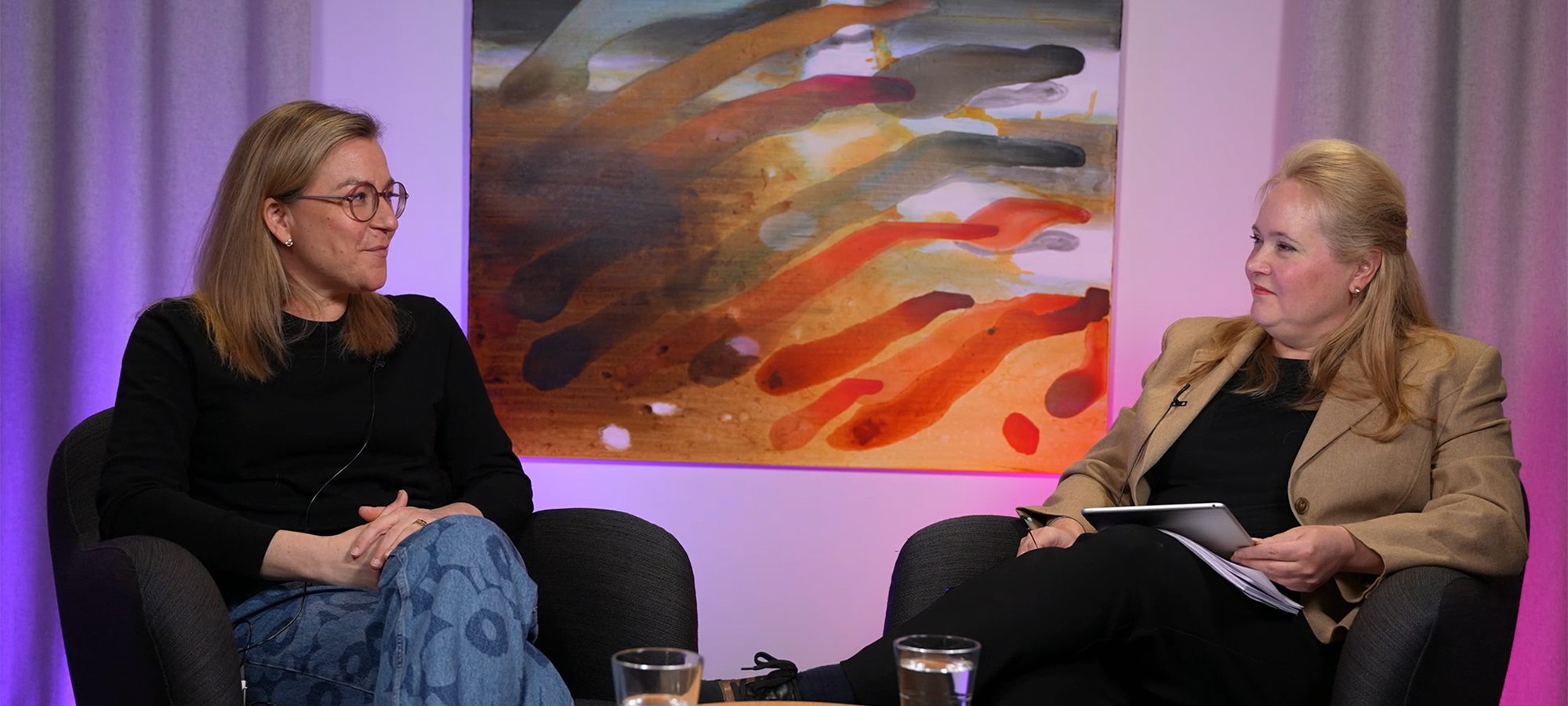Operational Capability is a Matter of Strategy, which is a Matter of Management
The terminology may change, but the cornerstones of operational development have remained steadfast from one decade to the next, says Risto Lintula, a pioneer in the field. New management trends have not dented the importance of operational capability – quite the opposite, in fact.
Heidi Hammarsten, 26.04.2021
|Articles
Business leaders need to look to the future and lay the foundations for their organizations to succeed. This task involves monitoring changes in customer needs, keeping track of the organization’s partners, and ensuring the business has competitive products and services.
“However, the customer experience is the decisive factor in terms of cash flow and the everyday efforts of the personnel. It all boils down to the capability to implement and deliver in such a way that customers receive the promised benefits and are willing to buy from the organization again.”
These are the words of Risto Lintula, a pioneer in the development of processes related to the importance of operational capability. Lintula has been driving this idea forward over four decades: He spent many years working as Managing Director of Excellence Finland, and he also been involved in developing some of the most important training programs in the field. He now works as a consultant and trainer at Nordic Process Improvement Oy.
According to Lintula, the cornerstones of operational development have held steady from one decade to the next. First and foremost, it is a question of systematic thinking and understanding causal relationships – scientific principles that have been recognized for centuries.
“People used to talk about quality management and process management, but now the buzzwords are Lean, continuous improvement, and agility. Not much has changed in terms of the actual content and tools. What people have learned is the ability to integrate tools and methodologies more deeply into everyday management work and various development roles. Executives have the capability to utilize these as entities, and above all, change management skills have become a permanent fixture in every kind of development.”
No organization can succeed without good management."
Therefore, the new management trends have not dented the importance of operational capability – quite the opposite, in fact. Customers can usually choose between several alternatives, and, according to Lintula, the operator that has mastered implementation and continuous improvement will emerge victorious.
“In essence, it is all about the clarity of the goals and direction. No organization can succeed without good management. Involving the personnel in the effort to describe and define the organization’s processes provides an insight into the status quo and enables everyone to participate in implementation and continuous improvement.”
The essential aspects in terms of improvement are the company’s planning process, which is the vehicle for cascading goal-oriented development, and the deviation management process, which resolves and prevents problems.
In Lintula’s view, it is wrong to think that operational capability only applies to entities that operate with similar strategies to many of their competitors. This situation is challengingly common, and speed, flexibility, and quality are the most significant competitive factors for these companies.
Continuous Improvement Enables and Enhances Differentiation
In addition, there are definitely situations in which an organization’s strategy is based on distinctive positioning: innovations, superior products and services, close customer relationships, or economies of scale achieved through alliances or acquisitions. At that specific moment in time, operational capability may be a lower priority for such companies.
“Nonetheless, it is shortsighted to say that organizations should only pay attention to one thing: We always have more than one iron in the fire. None of these strategies enforce an either/or choice; it is mainly a question of priorities. In any case, positive customer experiences are always the outcome of the supply chain as a whole – everyday work. And an extremely capable process enables strategic repositioning, even via completely atypical customer experiences.”
Operational capability becomes a strategic question because it addresses how well the desired strategy can be cascaded and internalized throughout the organization and how the desired activities can be continuously improved in a state of competition.
Sustainability has become an increasingly important aspect of business in recent years, along with the question of whether companies should aim to do more than maximize profits. Factors such as the environment and well-being are under increasing scrutiny, which, in Lintula’s view, highlights the importance of process management. In these matters, better results are the outcome of advanced operating practices.
“From the perspective of Lean model organizations, this has always been an inclusive process rather than an either/or choice: When an organization seeks to improve its supply chain, for example, it usually does so through safety, performance, quality, and sustainability. When these aspects are taken in hand, money is saved.”
Organizations should be agile in arranging learning opportunities that enable alternative solutions to be tried and real improvements to be identified."
Lintula points out that people usually want to do things better and more safely while eliminating waste and improving the conditions for responding to customer needs. Everyone wants the chance to influence their working environment and care about their colleagues and environment.
The latest management buzzwords also include agility and self-direction. Lintula says that these skills cannot replace processes and familiarity with the principles of systematic thinking.
“As a piece of terminology, agility is wonderful, but it does not mean that organizations should try everything that comes to mind. Instead, they should be agile in arranging learning opportunities that enable alternative solutions to be tried and real improvements to be identified. This generally requires organizations to know the ins and outs of their own processes.”
Similarly, self-directed teams can only come about with good leadership ensuring the preconditions. If an organization wants to provide its customers with a consistent customer experience, it cannot tolerate “guerilla employees here and there.” The organization must manage its operations by ensuring that the objectives and basic processes are jointly agreed upon, work is monitored through interaction, and learning and improvement occur systematically.
No Magic – Just Good Management
According to Lintula, process management is founded on systematic thinking, causal chains, and understanding performance fluctuations. The entity and dependencies become more visible once the processes are described, and the organization can gain an understanding of the state of its processes by collecting data and observing processes. This helps executives to make better decisions and drive the process in the desired direction.
“Operational development begins by identifying where the organization is heading. All development is based around improving the understanding within the organization as a whole regarding what the organization does for which customers and which forms of value it creates. It is also important to know the current state of one’s own process so that the necessary development measures can be agreed upon. There is nothing magic about this; it is just good management, which must pervade the entire organization and include everyone.”
When a supervisor notices problems, they do not just walk on by."
When Lintula speaks of good management, he does not want to give the impression that there is only one correct management style that everyone should follow. However, certain management characteristics and operating models come to the fore when an organization aims for operational capability and flexibility:
- Make the work visible: Describe the processes and clarify the goals
- Go and see: Be active, visit the frontlines, observe waste
- Ask why: Highlight deviations, identify root causes, organize learning opportunities
- Coach: Challenge, allow people to make realizations, support, disseminate information
“When a supervisor notices problems, they do not just walk on by. Instead, they ask why, and they organize learning opportunities. The boss is active in the field, providing coaching and encouragement. The world’s best companies are highly demanding in this area.”
The Ability to Develop is a Skill of its Own
The ability to develop systematically and include the personnel in continuous improvement is a skill in its own right. According to Lintula, simple methods and tools are all this is required to get started: Involving everyone, agreeing upon and establishing working practices and sharing best practices, improving the working environment, and enabling dialog to review development ideas.
In many cases, all that is needed in order to take rapid corrective measures is additional resources, but the effective implementation of improvements and preventive measures requires clear development roles and training in the competencies required by each role. For example, team leaders need to be able to take action in the event of recurring problems. They need to collect and analyze data, as well as root causes.
“When the work involves developing the organization’s entire business or delivering a revolutionary change, the capabilities to manage end-to-end value chains and large volumes of data and drive change forward are required on a much larger scale. Internationally recognized qualification programs exist to meet these needs.”
Lintula repeatedly emphasizes that personnel training alone will not lead to any permanent improvements in operational activities, the operating culture, or even the best result when resolving urgent problems. The tools and methods must be integrated into the company’s management system and its way of working and developing.
“In order for training courses to offer the maximum benefit, they must be able to engage the organization in the moment. For example, if a team only receives training in new quality tools, and management practices do not undergo any development, it will not result in any permanent improvements. Development must be managed.”
Risto Lintula has been developing processes and management systems in industry and at public service organizations for over three decades. He is a trainer in, for example, Lean Six Sigma Certificied Green Belt and Lean-muutosagentti (Lean Change Agent) programs.





















